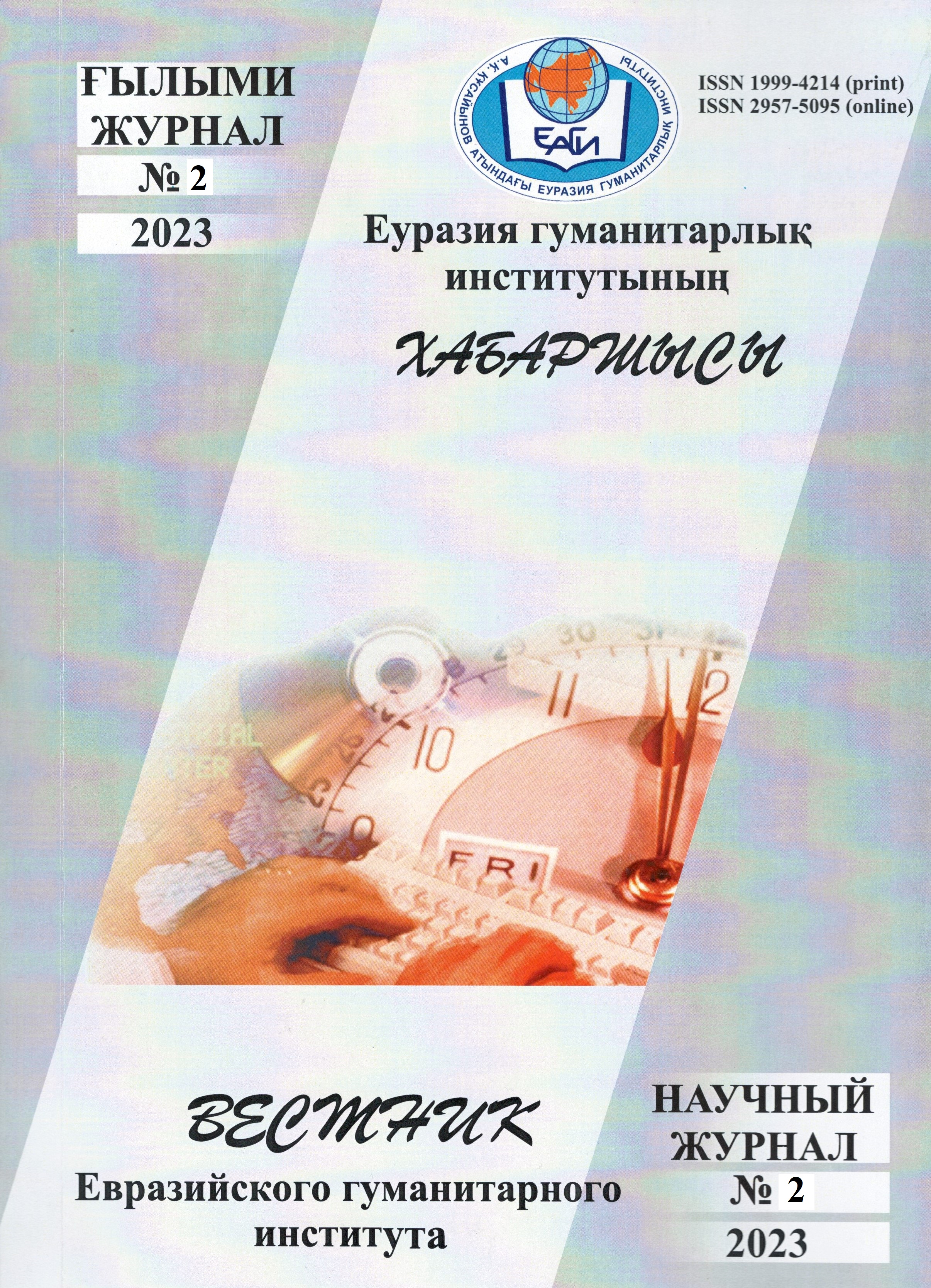ETHNOGRAPHIC REPRESENTATIONS ABOUT THE CONCEPT CAMEL IN THE KAZAKH LANGUAGE
Keywords:
camel, ethnography, phraseology, beliefs, superstitions, folk predictions.Abstract
Based on the emerging anthropocentric trend in modern linguistics, the search and study of ethnographisms related to a particular ethnic group is of particular importance. Any national language is a changeable phenomenon with a long history of development. In our time, language should be considered not only as a means of “communication”, expressing existence and thoughts, but also to focus on the “cognitive” function of expressing national views, characteristics, and the mentality of the people. By ethnographisms we mean the names of ethnographic objects and phenomena, the economy of our people, traditions, customs, beliefs, clothes, food, social activities, family relations, etc. special units and phrases used in connection with everyday, linguistic features.
The relevance of the scientific article lies in the comparison, analysis, description, comprehensive study of ethnographic concepts associated with the concept of a camel in the Kazakh language, using analysis-synthesis methods.
In the article, we studied and differentiated beliefs, customs, prohibitions, forbidden words found in our language on the basis of macro- and micro-subgroups associated with the concept of "camel", shown in the "World of the native language of the Kazakhs: Ethnolinguistic Dictionary" by scientist A. Kaidar. At the same time, we focused on the meaning of the names of species and colors related to "camel" cattle.


